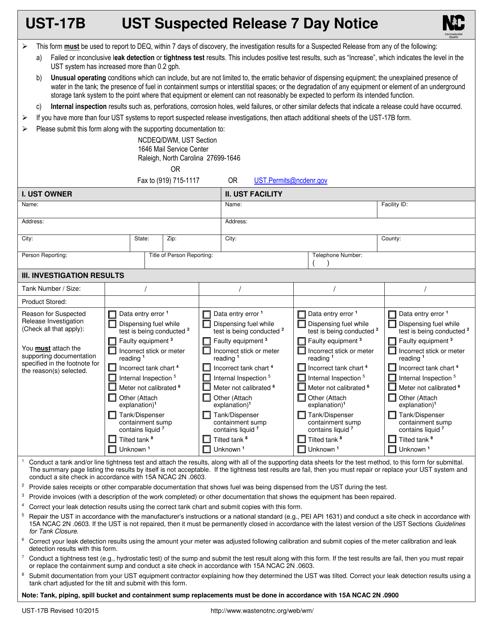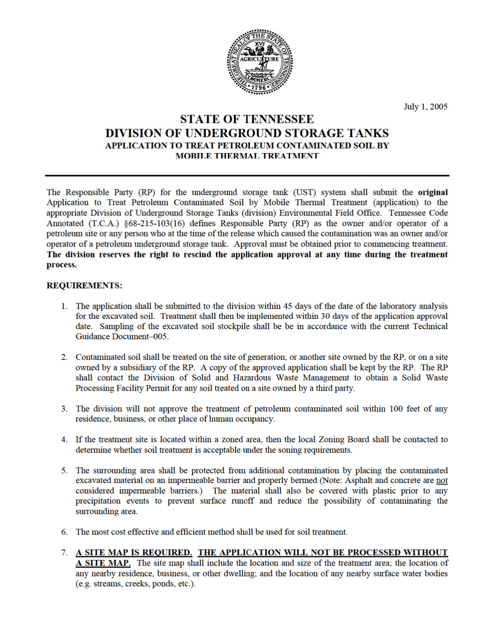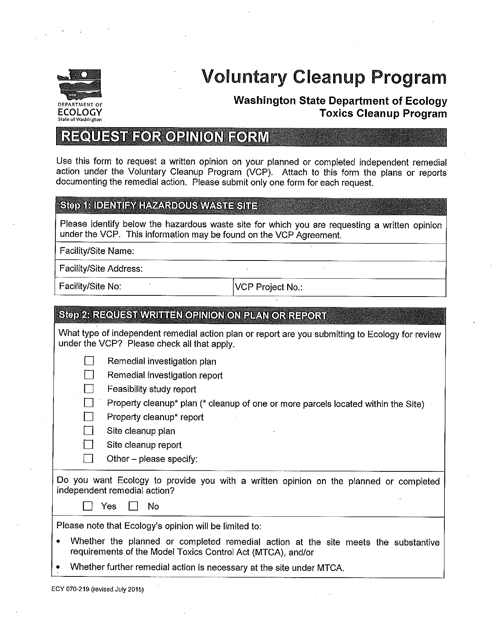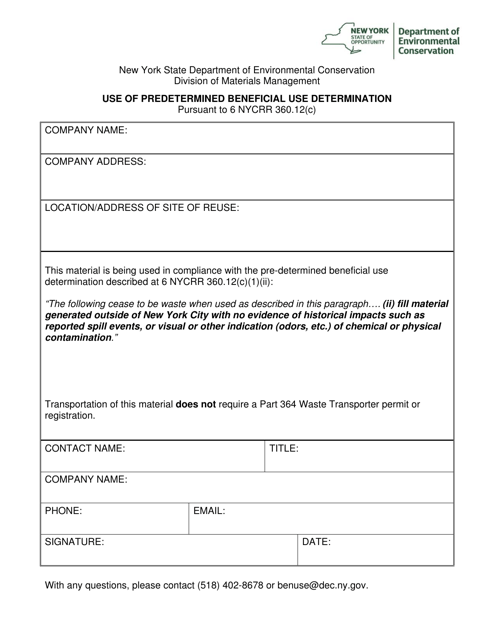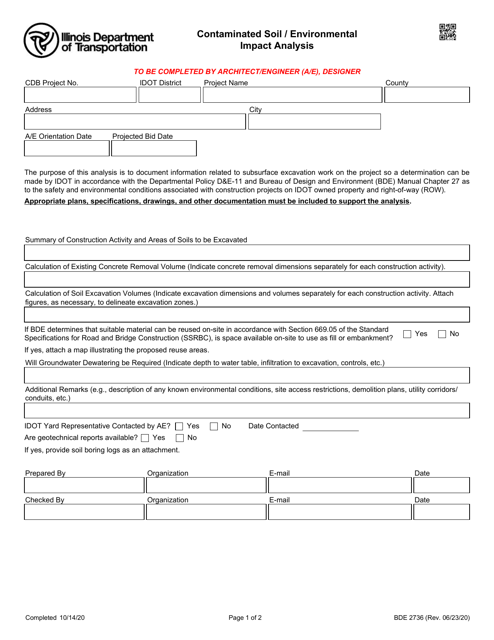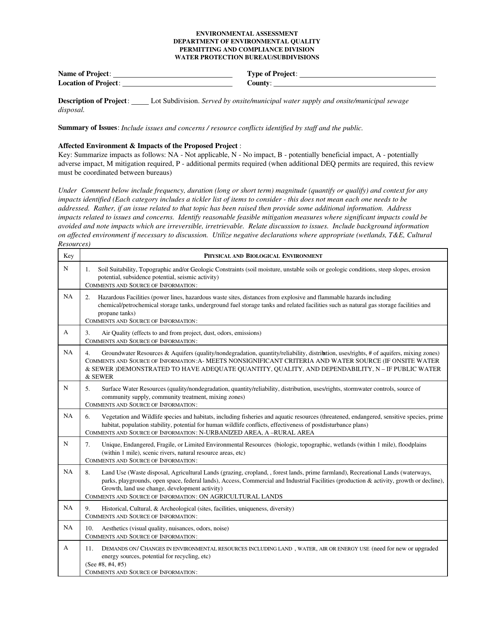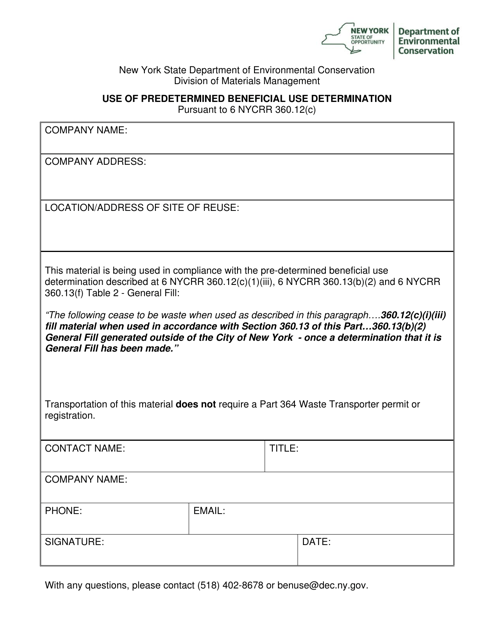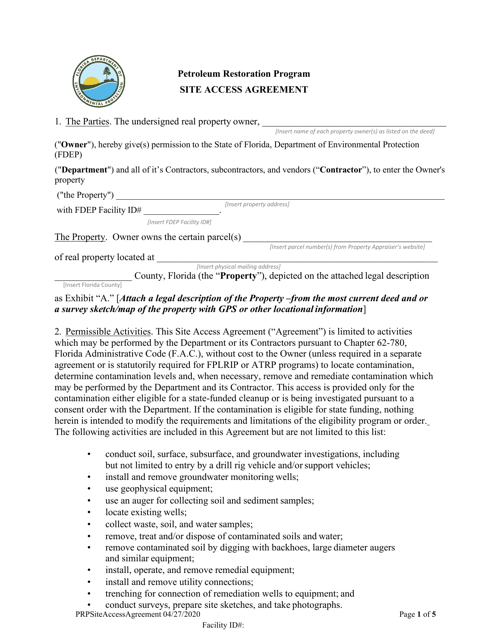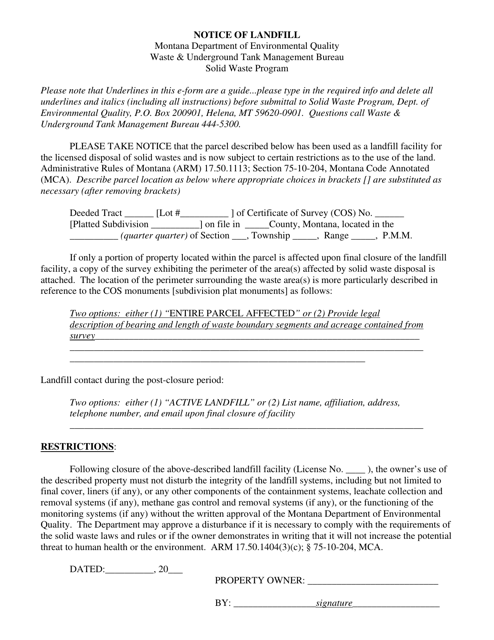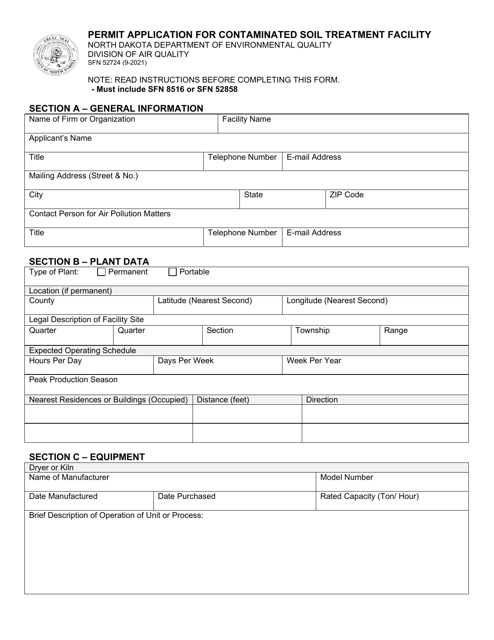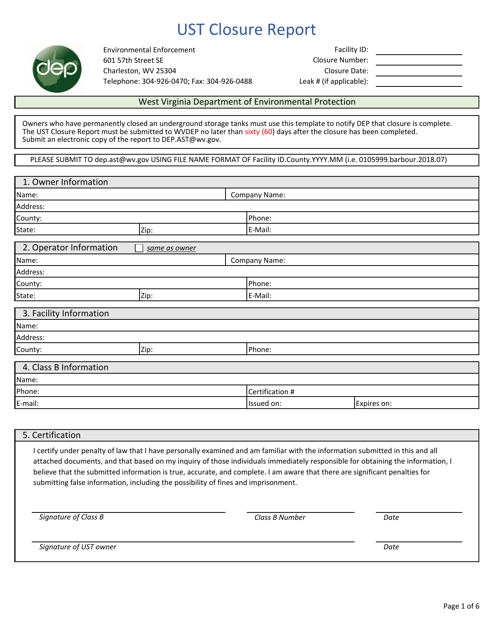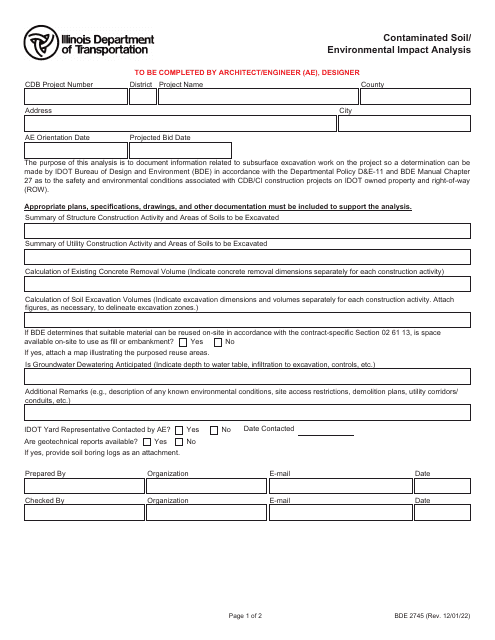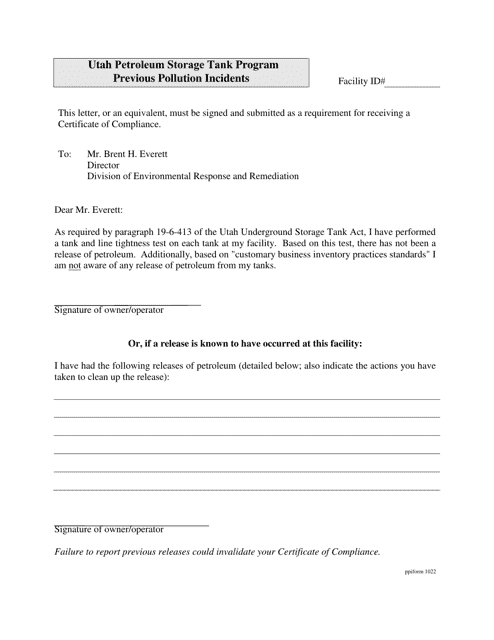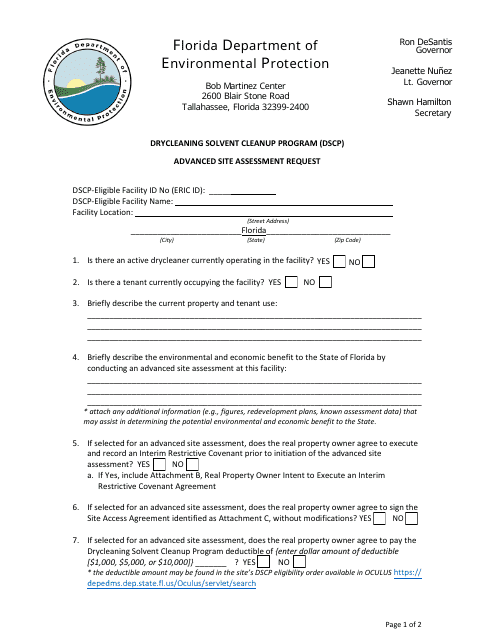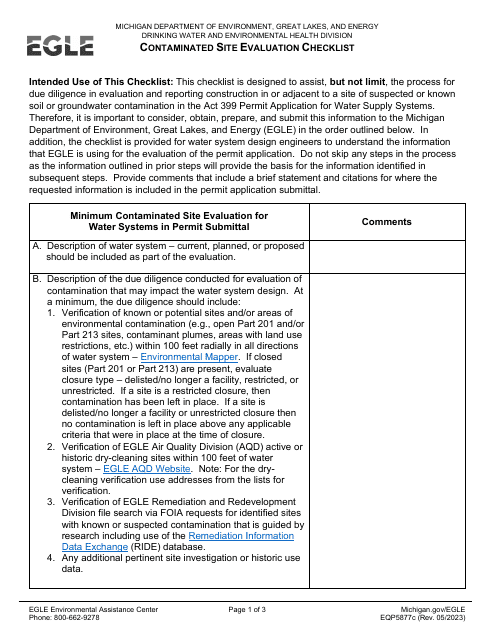Soil Contamination Templates
Soil Contamination, also known as Contaminated Soil, refers to the presence of hazardous substances or pollutants in the soil, resulting from various human activities. These pollutants can include petroleum products, heavy metals, pesticides, and other harmful chemicals.
At USA, Canada, and other countries, we understand the importance of addressing soil contamination and its potential impact on the environment and human health. That's why we have a comprehensive collection of documents that provide guidance, regulations, and procedures for managing and mitigating soil contamination.
Our extensive library of resources includes documents such as the "Form UST-17B Ust Suspected Release 7 Day Notice" from North Carolina, which outlines the necessary steps to notify authorities about suspected underground storage tank releases. Additionally, the "Application to Treat Petroleum Contaminated Soil by Mobile Thermal Treatment" from Tennessee offers guidance on the proper method of treating petroleum-contaminated soil using mobile thermal treatment technology.
In New York, the "Use of Predetermined Beneficial Use Determination - Tested Clean Soil (General Fill)" document provides guidance on determining the allowable use of tested clean soil in various projects, minimizing the risks associated with soil contamination. Similarly, the "Form SFN52724 Permit Application for Contaminated Soil Treatment Facility" in North Dakota outlines the necessary steps and requirements for establishing a facility to treat contaminated soil.
We also offer resources such as the "Form EQP5877C Contaminated Site Evaluation Checklist" from Michigan, which provides a checklist for evaluating contaminated sites and identifying appropriate remediation strategies.
With our collection of documents related to soil contamination, we aim to provide valuable guidance, regulatory information, and best practices for addressing and managing soil contamination issues. By ensuring access to these resources, we strive to protect the environment, promote public health, and facilitate responsible land management practices.
Please note that the examples provided are for illustrative purposes only and do not represent an exhaustive list of the documents available in our collection. For more information, browse through our extensive library of soil contamination-related documents to find the resources that best suit your needs.
Documents:
17
This Form is used for reporting a suspected release of hazardous substances in North Carolina within 7 days.
This document is an application form used in Tennessee for mobile thermal treatment of petroleum contaminated soil.
This form is used for requesting an opinion regarding the Voluntary Cleanup Program in Washington state.
This document is used in New York for obtaining a predetermined beneficial use determination for untested clean soil. It helps individuals and businesses to determine how they can legally use untested clean soil in a beneficial manner.
This document is used for conducting an environmental assessment in the state of Montana. It evaluates the potential environmental impacts of a proposed project or development and suggests mitigation measures to minimize harm to the environment.
This document is used for determining the appropriate use of clean soil (general fill) in New York based on predetermined guidelines and standards. It helps ensure that the soil is safe for various purposes such as construction or landscaping.
This document is a site access agreement for the Petroleum Restoration Program in Florida. It outlines the terms and conditions for accessing a site related to petroleum restoration activities.
This form is used for notifying the closure of a landfill in Montana. It includes necessary information regarding the deed notation related to the closure of the landfill.
This type of document is a closure report for an underground storage tank (UST) in West Virginia. It provides information on the assessment and cleanup activities conducted at the site to ensure that it has been properly closed and poses no threat to public health or the environment.
This Form is used for analyzing the environmental impact of contaminated soil in Illinois.
This document provides information on previous pollution incidents relating to Utah's Petroleum Storage Tank Program. It covers incidents involving the storage and handling of petroleum, and the steps taken to address and prevent pollution.
This form is used for documenting the burial location of soil containing aerially deposited lead in the state of California.

